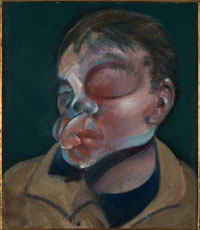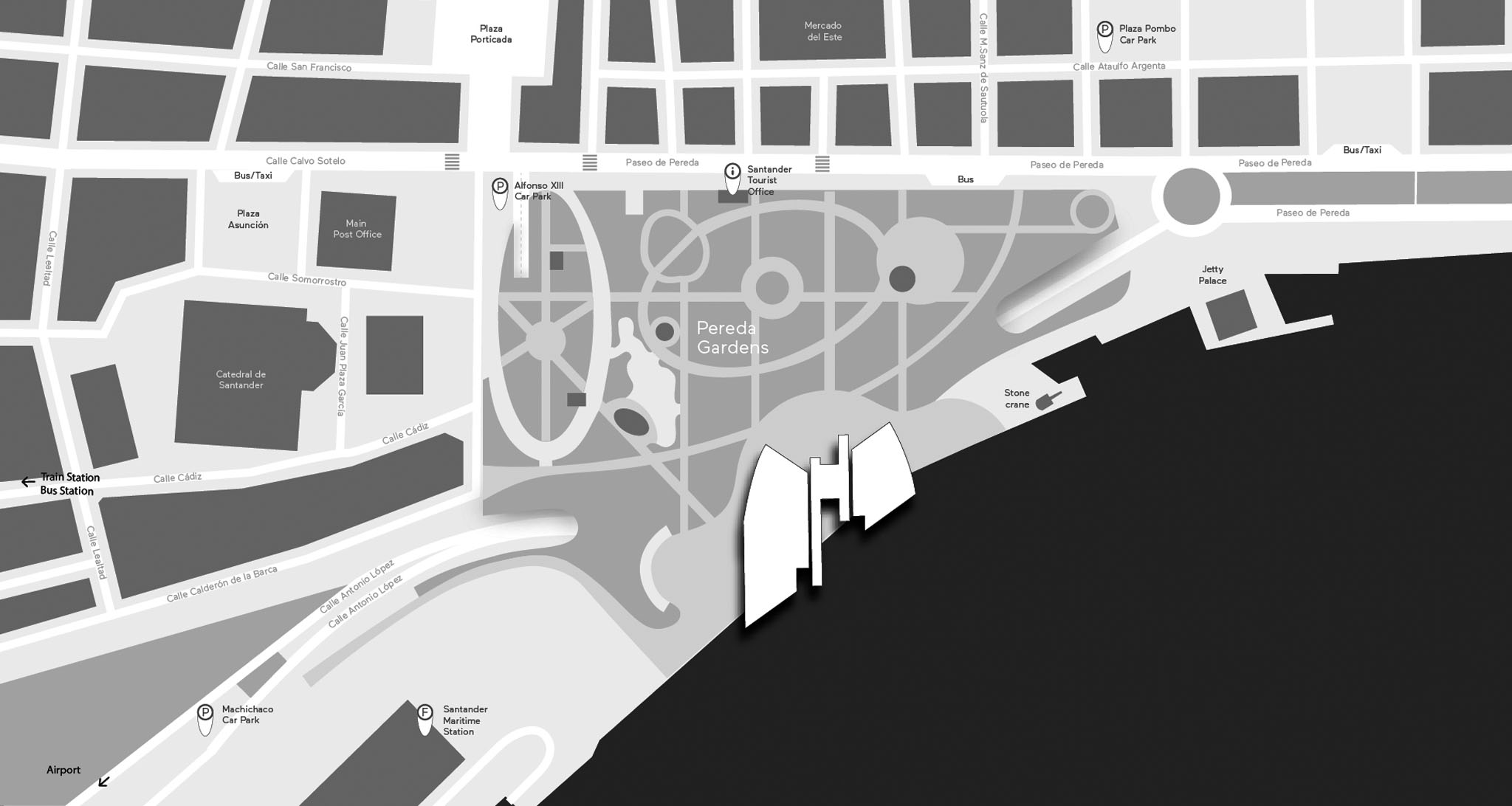Francis Bacon Self-Portrait with Injured Eye

Self-Portrait with Injured Eye, 1972.
Oil on canvas. 35.8 x 30.8 cm
Like Picasso, the twentieth-century artist he most admired, Francis Bacon regarded his own work as a diary—a record of everything from his intellectual and stylistic preoccupations to the friends, lovers, and events that marked his life.
Even though Bacon consciously avoided any discernible ‘narrative’ in his oeuvre, he regularly portrayed the people who meant most to him, pulling their features apart savagely, then recreating them with uncanny accuracy. Some of his paintings even refer to specific incidents, with scenes alluding to his banishment as a young man from the family home (Three Studies for a Crucifixion, 1962), of himself in hospital (Sleeping Figure, 1974), or, notably, the ‘black’ triptychs inspired by the death of his lover, George Dyer. This tragic event occurred in 1971, just as the artist’s keenly awaited retrospective opened at the Grand Palais in Paris.
Dyer’s suicide and the tumultuously erotic relationship the artist and model had shared became Bacon’s main subject, haunting his work for many years thereafter. The artist had always been obsessively aware of the brevity of human life, and of death as its constant shadow. But Dyer’s death involved him intimately, and the ensuing guilt he felt was to give birth to his most profound and moving paintings.
Painted at the beginning of Bacon’s prolonged period of mourning, Self-Portrait with Injured Eye (1972) records with characteristic rawness a misfortune that befell Bacon, threatening what was most vital to the artist: his sight. It is no secret that Bacon’s sexual modus operandi included sadomasochism, but whether the injury was caused accidentally or during an intimate encounter is not known. The painfully swollen, distorted eye also refers, clearly if metaphorically, to the pain and remorse that engulfed him.
In this unusually confessional image, Bacon records the brutal incident with a tender, painterly finesse. For the rest of the decade, self-portraiture remained the artist’s dominant preoccupation, a relentlessly probing analysis of Bacon’s inner suffering and confusion, which took the genre to heights never previously achieved.
Michael Peppiatt, writer, art historian, curator and expert on Francis Bacon.

